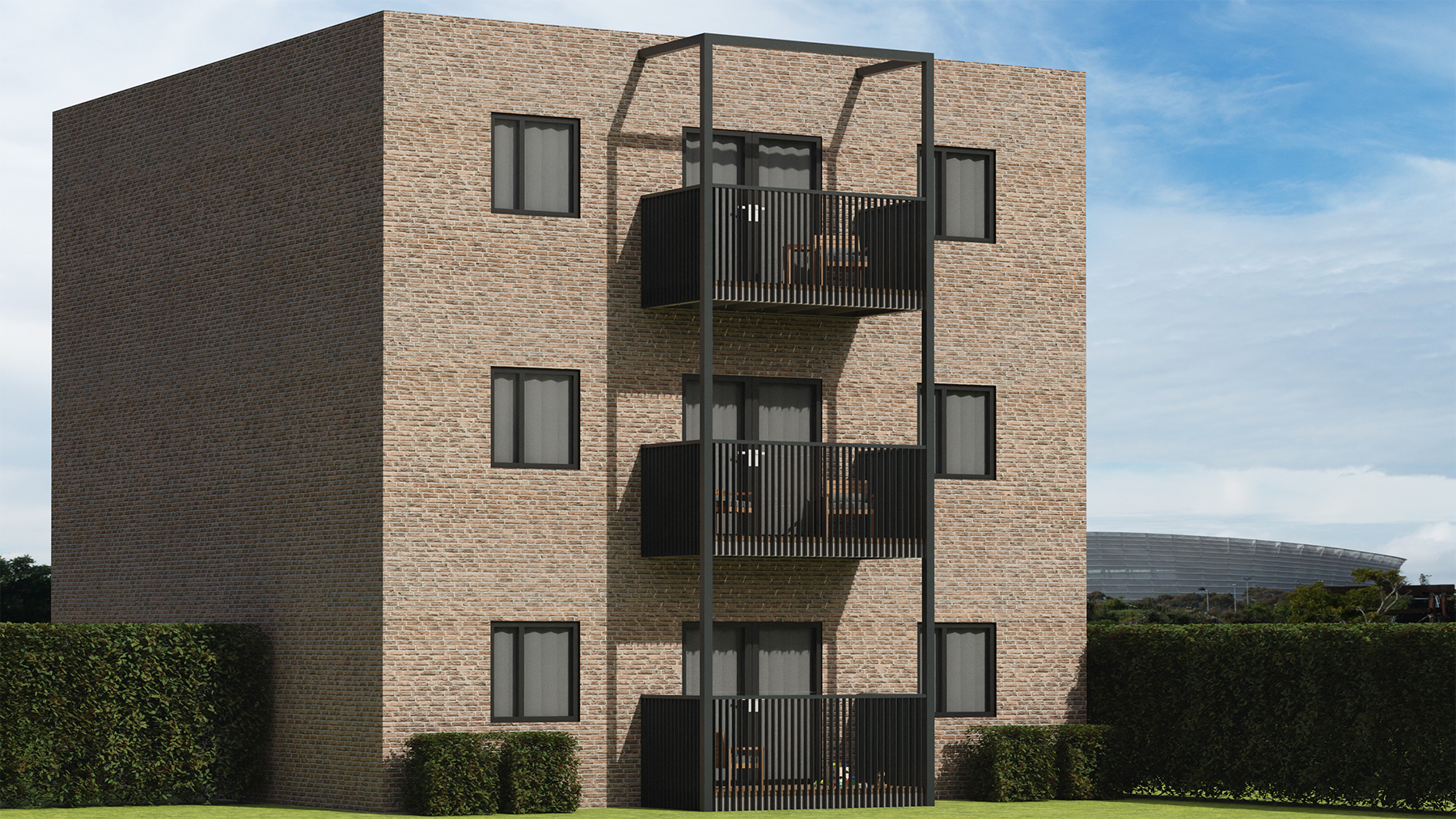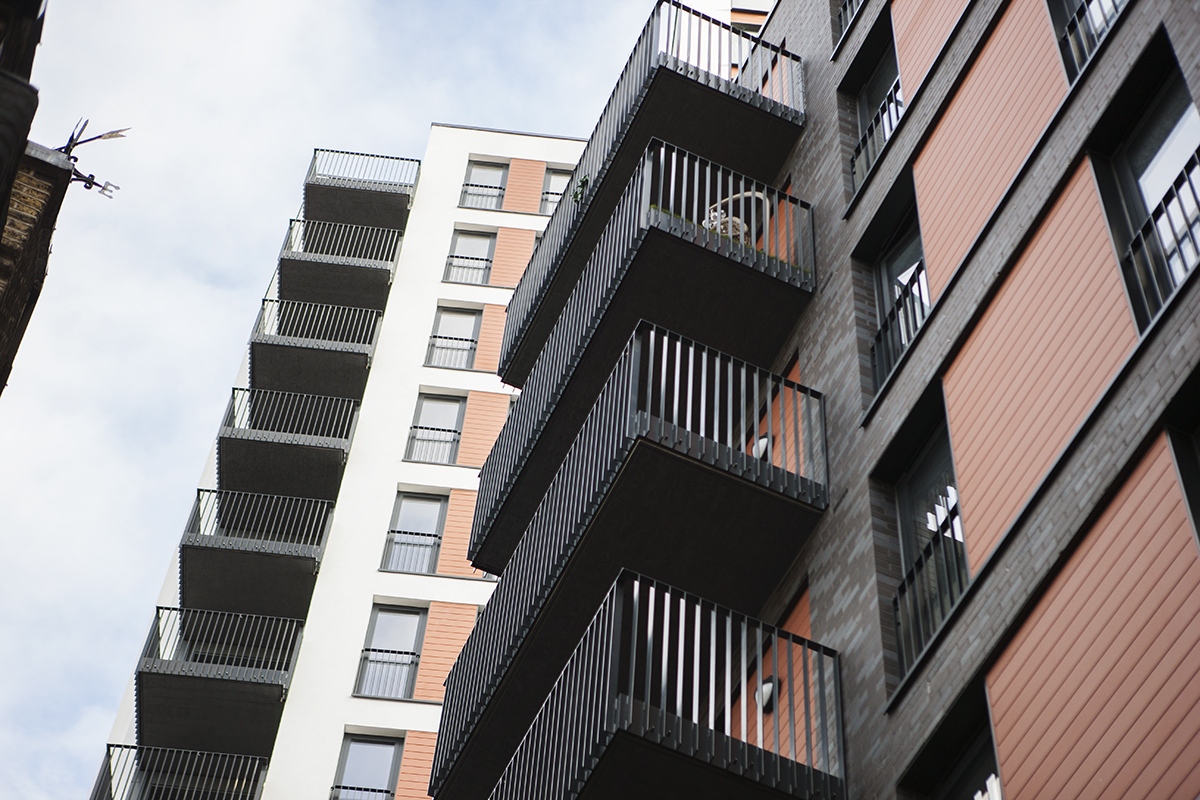Remediate combustible timber or composite balconies to achieve fire safety

Resolving Fire safety concerns in residential multi-occupancy buildings poses a major challenge for property managers and specifiers. We spoke to Richard Izzard, managing director of aluminium decking manufacturer AliDeck, to find out more about successful fire safety remediation of balconies.
Following Grenfell, the parameters for compliant specification of materials for multi-occupancy buildings has changed immeasurably. As these changes to regulations have been announced relatively piecemeal since 2017, keeping track of current requirements has proved challenging for even the most conscientious specifier or property manager.


















